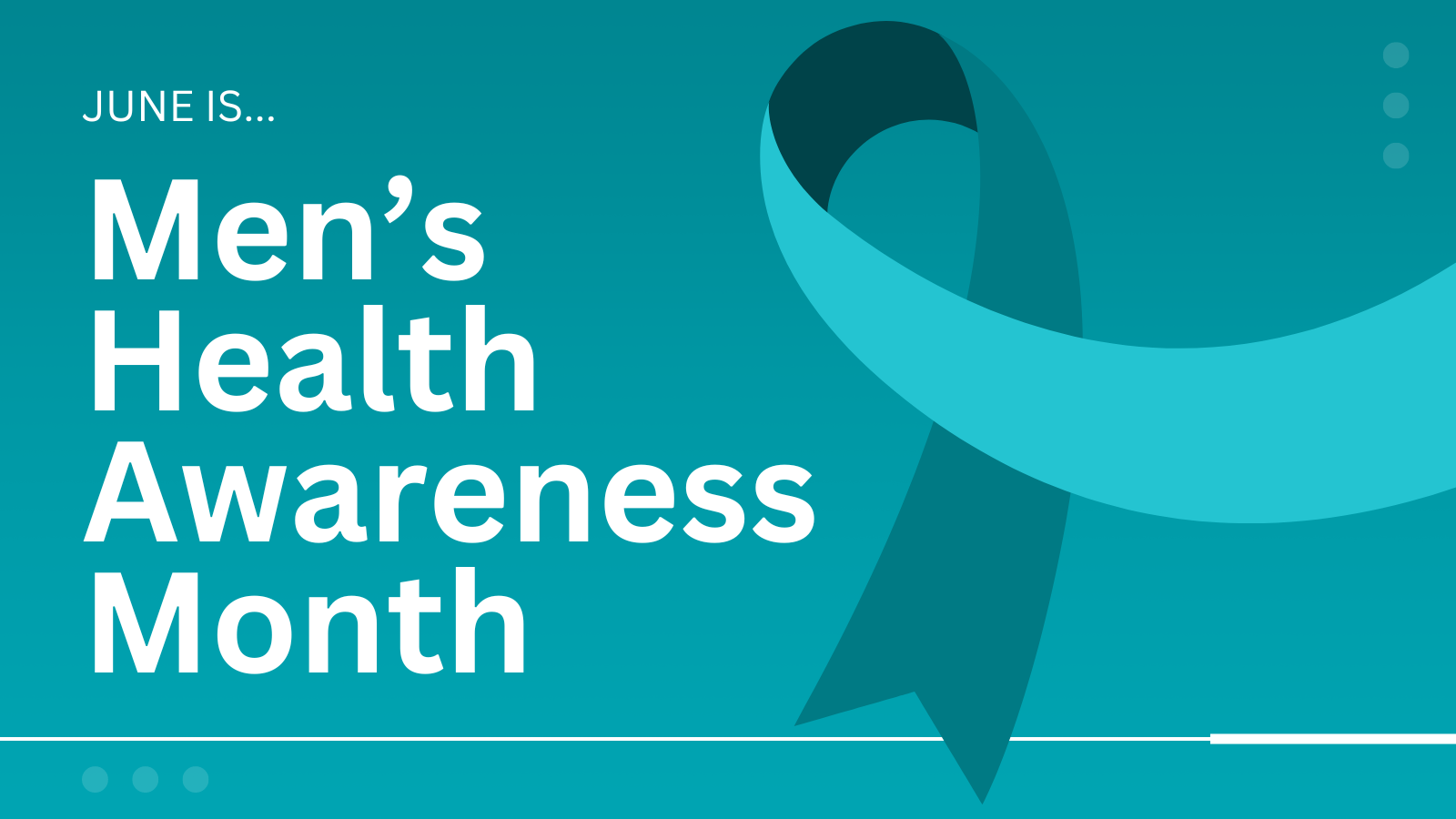Men's Health: 4 Tips for Healthy Aging
A study from the CDC found that, on average, men in the U.S. die 5 years earlier than women and are at higher risk of dying from heart disease,...

Societal norms and expectations often overshadow the critical topic of men’s mental health. Despite progress in breaking the stigma surrounding mental health, men still face unique challenges and barriers when seeking support and treatment. In this article, we’ll explore how men’s mental health can be treated differently and examine strategies you can use to overcome these obstacles.
Challenges and Barriers
Societal norms previously discouraged men from seeking help. Only 1 in 4 men with a mental health issue seek treatment. Men are more likely to exhibit externalizing behaviors like anger or substance abuse rather than seeking help. This contributes to higher rates of suicide in men compared to women.
Treatment Gap
Research suggests that traditional mental health services may not effectively meet men’s needs, resulting in under-utilization of mental health resources. Studies show that 40% of men feel embarrassed to discuss their mental health.
Addressing the Gap
Gender-sensitive approaches in therapy are effective in engaging men, emphasizing practical solutions and fostering a supportive environment. Community-based initiatives and workplace programs are beneficial for promoting mental health awareness and reducing stigma among men.
Promoting Help-Seeking Behavior
Men are more likely to seek help when mental health services are framed in terms of problem-solving and positive
solutions rather than emotional expression. Encourage your loved one to approach therapy as a tool for problem-solving and personal growth.
Additionally, research suggests that group-based physical activity programs may be particularly effective for men. Men who participate in group exercise programs experience improvements in mental health and social connectedness.
Furthermore, work-related stress has a significant impact on men’s mental health. Research suggests that men may be more likely to experience stress in the workplace due to factors such as career strain and role conflict. The approach to men’s mental health requires a multifaceted approach that addresses the unique challenges and barriers they may face. By encouraging help-seeking behavior, promoting physical activity, fostering social connections, and addressing
work-related stress, you can make a meaningful difference in the wellbeing of the men in your life.
References

A study from the CDC found that, on average, men in the U.S. die 5 years earlier than women and are at higher risk of dying from heart disease,...

Men's Health Month in June is a crucial time to reflect on the significance of men taking their health seriously. Men's Health Month is dedicated to...
.jpeg)
Proactive health management includes scheduling regular doctor visits and preventive cancer screenings. These simple steps are vital for early...